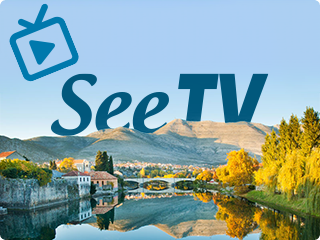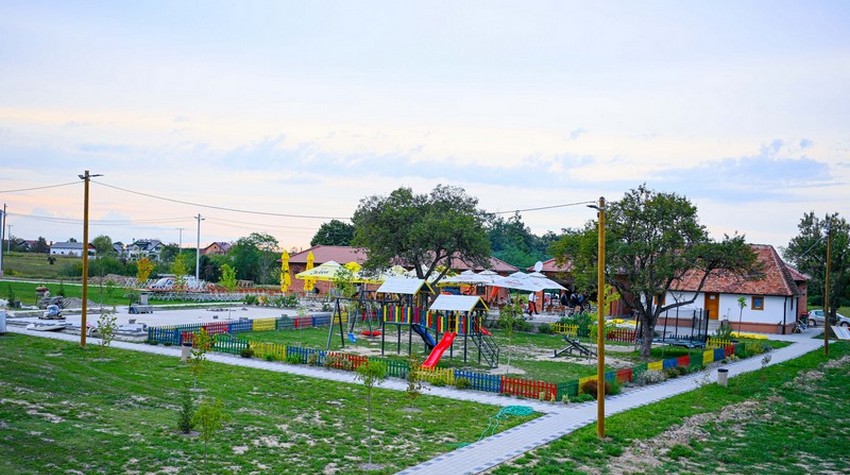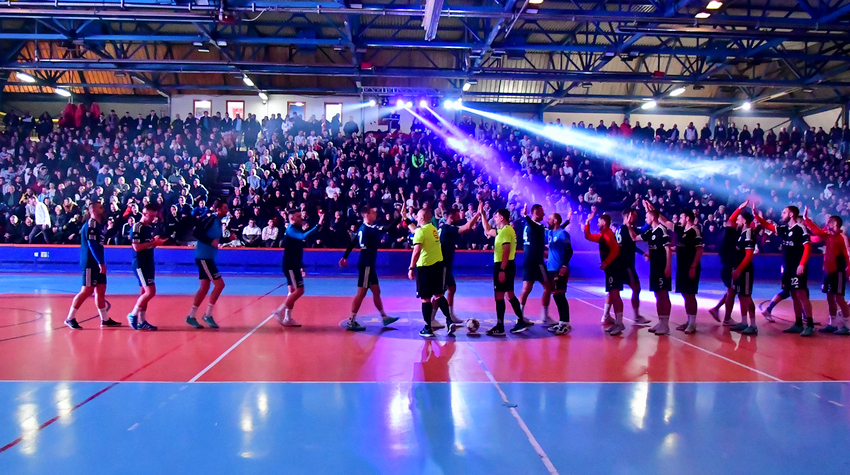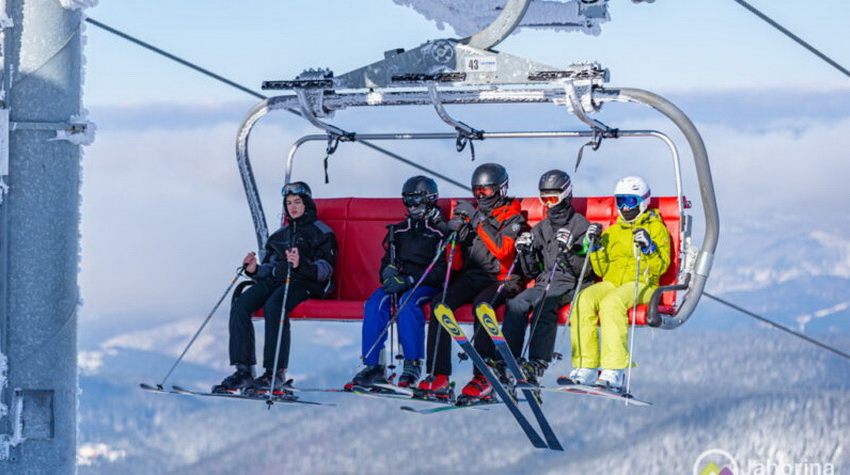TOURISM VOUCHERS BUILD ANOTHER BRIDGE BETWEEN SRPSKA AND SERBIA
The expansion of the tourism voucher program to include both Republika Srpska and Serbia could open the door to new opportunities for affordable travel, stronger tourism exchange and mutual benefits for citizens on both sides of the Drina. For the first time, travellers would be able to use the same incentives in spas and other popular destinations across both countries.
This
development comes as the autumn cycle of tourism vouchers in Srpska nears its
end, with all available vouchers fully used. A new legal framework and the
planned budget for next year create space for the program to be expanded and
improved — a move welcomed by institutions and tourism professionals as an
important step toward a unified tourism market.
Republika
Srpska’s Minister of Trade and Tourism, Denis Šulić, confirmed for Glas that
the current voucher cycle will close on November 30. Once again, citizens
showed great interest, using vouchers throughout the summer, autumn and early
winter season. While spa and rehabilitation centres were the most sought-after
destinations, many travellers also used vouchers to explore urban and mountain
locations such as Banjaluka, Trebinje, Bijeljina and Jahorina.
“Citizens
made full use of the opportunity to travel within the country at more
affordable prices, which shows that the voucher program has proven to be a
well-designed and widely accepted measure,” Šulić said.
He
added that tourism vouchers are already included in the draft budget structure
for next year and will continue under the same or a similar model, depending on
final budget decisions.
“Our
goal is to keep vouchers as a continuous activity of the ministry, because they
have proven to be an important incentive for domestic tourism,” Šulić noted.
Regarding the new legislation, Šulić reminded that the draft tourism law already allows tourists from other countries to use vouchers — but strictly on the principle of reciprocity.
“This
means that foreign citizens may use vouchers in Srpska only if their country
offers the same opportunity to our citizens. Our primary aim is to connect
Serbia and Srpska, considering that tourist flows between our two areas are
already naturally linked,” he explained.
He
added that Srpska has already ensured the legal basis for Serbian citizens to
use vouchers in domestic tourism facilities. The next step is for Serbia to
complete the technical preparations required to launch the program.
Šulić
also highlighted that this initiative follows the conclusions of the
All-Serbian Assembly, where both sides agreed to work toward opening and
harmonising tourism programs.
The
next cycle of tourism vouchers in Srpska could begin in spring, most likely in
May. If the joint program becomes fully operational, citizens of Serbia would
enjoy the same conditions as residents of Srpska — including the requirement
that a voucher worth 100 KM can be used only if the tourist stays at least
three nights in the same accommodation facility.
Vedrana
Smiljić, head of the Banjaluka office of Smiljić Travel, said that expanding
the program to Serbia would create new travel opportunities.
“Our
citizens would certainly be more motivated to visit Serbia, especially its
spas. This would mean a lot for tourism offerings and for people on both sides
of the Drina,” she said, adding that the implementation should move quickly
since many Serbian spa facilities are already booked for May and June.
Similar
expectations were expressed by Dragana Sarić, sales manager at Hepi Travel in
Bijeljina. She believes joint vouchers would increase travel in both
directions, especially during long weekends.
“We
organise trips to Sokobanja, Vrnjačka Banja and Banja Koviljača. We are currently
wrapping up the voucher season in Srpska, and our final trip to Trebinje is
scheduled for November 27,” Sarić noted.










